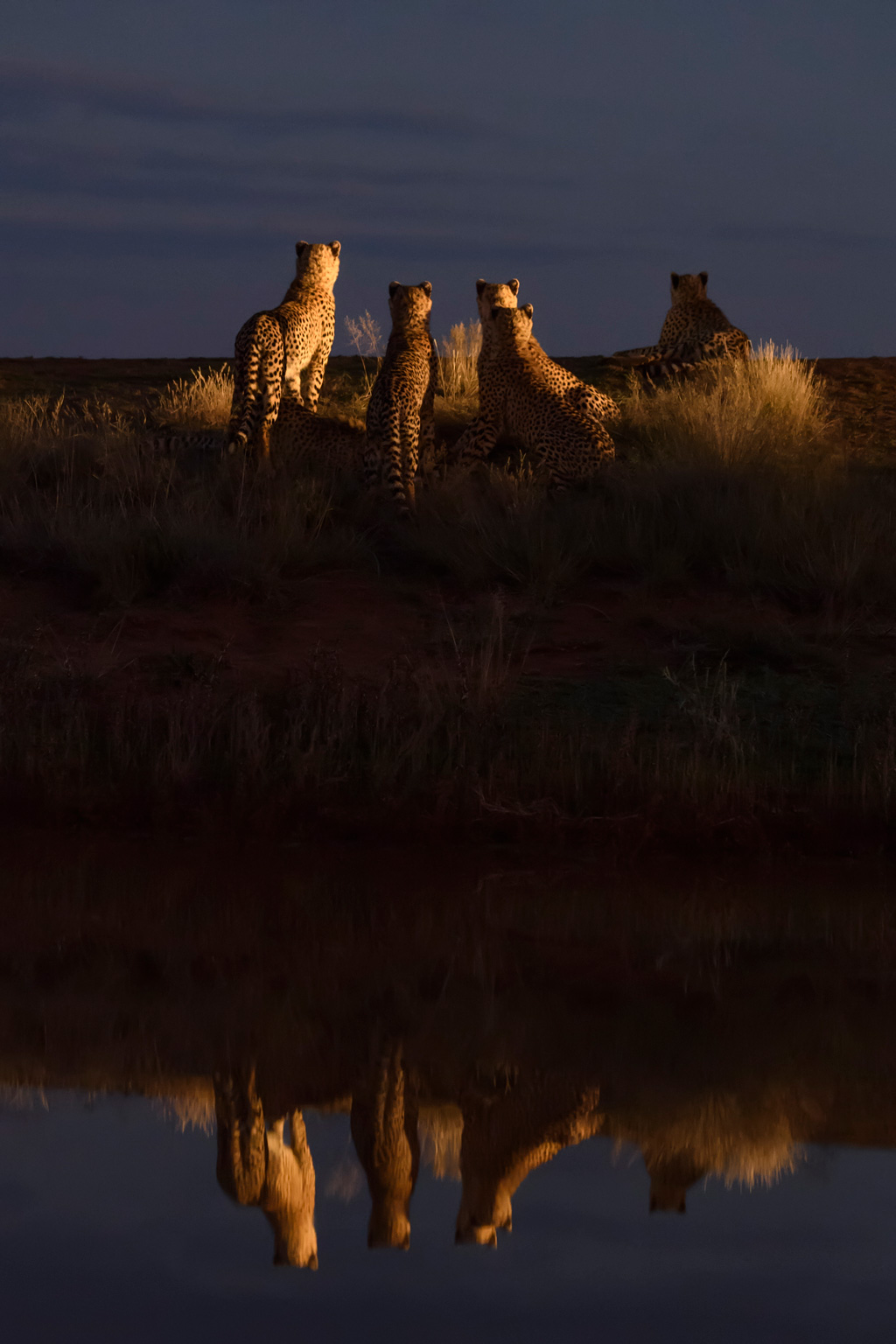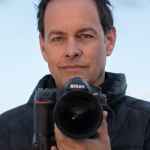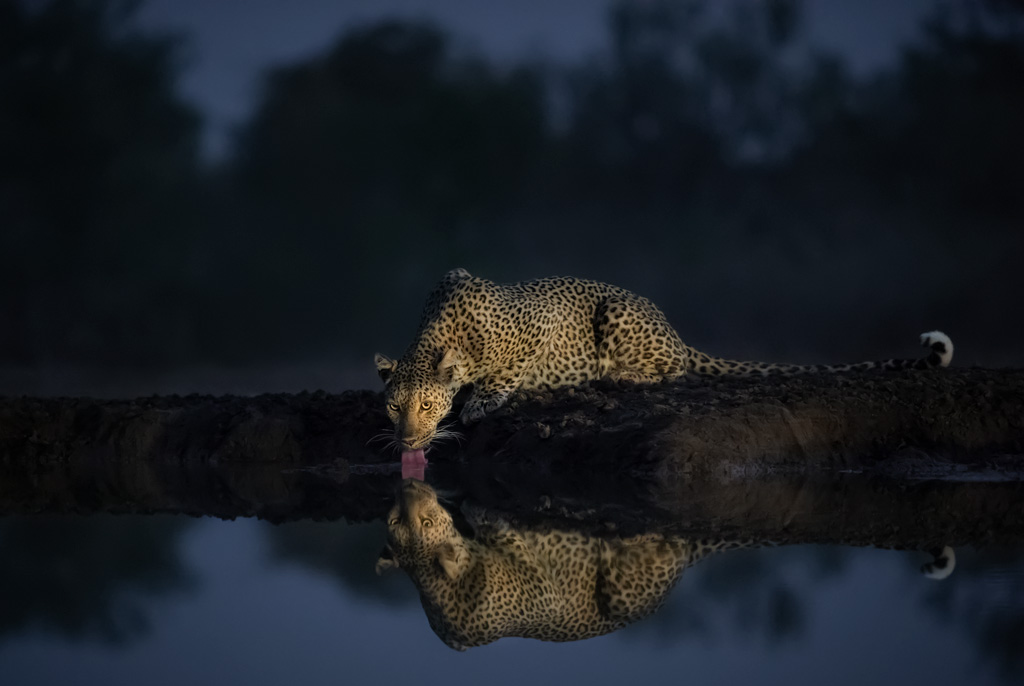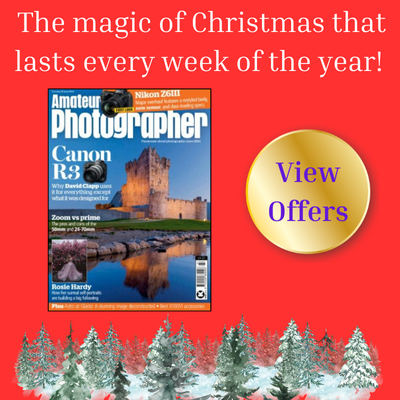Nature photographer Marsel van Oosten urges you to not be frightened of shooting at high ISO.
Early 2000 BD (Before Digital), noise was the number one enemy of any photographer. Fuji Velvia was amongst the most popular slide films for landscape photographers because it had the least amount of noise (at ISO 50). Night photography was virtually impossible because you’d create entire galaxies of noise. Wildlife photographers would often stop at ISO 800, which explains why pan blurs were a popular technique when light levels were low and why so many action shots suffered from motion blur.
Now, nearly two decades on, most nature photographers are still terrified of using high ISOs because of potential noise. On our photo safaris, I often see guests shooting at very low shutter speeds because they want to keep their ISO down. This means they risk motion blur or sacrifice depth of field in fear of noise. This fear is totally unnecessary.
You can check out our complete guide to wildlife photography here.
Why you should shoot with a high ISO
All modern digital cameras still produce smooth, noise-free images at ISO 800, and many higher-end cameras will give great results even at ISOs as high as 6400. So, what happens when you’re shooting at a high ISO? A couple of things: your dynamic range will be smaller, some noise will appear (most noticeable in dark areas), contrast and colour saturation will be lower, and your image will look a bit softer. This may sound far from ideal, but a high ISO is often preferable to the alternative. I’d much rather have a razor-sharp shot with some noise, than a noise-free image with motion blur. There are all kinds of ways to remove noise, but a blurry image will always be a blurry image.
This image of a leopard drinking at a waterhole in Botswana is a great example of how a high ISO can mean the difference between getting the shot and not getting a shot at all. On our ‘hides tour’ we were in a sunken hide, photographing the wildlife that came to drink at the waterhole. After the sun had set, light levels dropped quickly and soon it became too dark to shoot. At least that’s what all my guests thought, so they started packing up.
Moments later, a leopard showed up, and even then several guests were reluctant to get out their cameras because ‘it was too dark’. But it wasn’t… not for the higher-end cameras anyway. I took out a little headlight and positioned it on the far end of the hide to provide some side light on the leopard. I then grabbed my 70-200mm f/2.8 lens, opened it up to f/2.8, chose a very slow shutter speed of 1/30sec, and upped my ISO to a whopping 51,200 to get some of the last ambient light and detail in the background.
Remember to tread carefully when shooting wildlife.

Dinner at the horizon, South Africa Nikon D5, 80-400mm f/4.5-5.6 lens, 1/100sec at f/5.6, ISO 12,800 © Marsel van Oosten
How to edit a photo with high ISO
The end result definitely had some visible noise, but I was able to get rid of that using a third-party noise-reduction plug-in in Photoshop. Of all the noise-reduction software, I like Noiseware by Imagenomic the most. It may not be as sophisticated as, for instance, the ‘AI’ plug-in by Topaz, but I much prefer the characteristics of the pixels after using Noiseware. The quality of the image was good enough for me to use as a double-page spread in my latest book, MOTHER. Had I been afraid of high ISO, I would never have got this shot.
In a similar way, I saw six cheetahs drinking at a waterhole, just after sunset in South Africa. When they finished drinking, they noticed some springboks in the distance. That really caught their attention, so they were all looking in the same direction. I was positioned on the opposite side of the waterhole and used the headlights of a second vehicle to illuminate the cheetahs. I cranked up the ISO to 12,800 and used my vehicle’s headlights to light the scene. This image was my contribution to the Remembering Cheetahs wildlife conservation project.

Marsel van Oosten
Marsel van Oosten was born in The Netherlands and worked as an art director for 15 years. He switched careers to become a photographer and has since won Wildlife Photographer of the Year and Travel Photographer of the Year. He’s a regular contributor to National Geographic and runs nature photography tours around the world. Visit www.squiver.com
Further reading:
Low-light wildlife photography tips
Best cameras for wildlife photography








